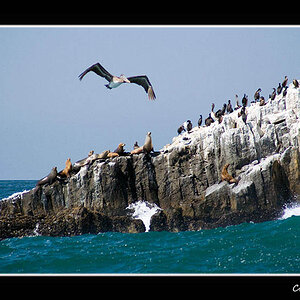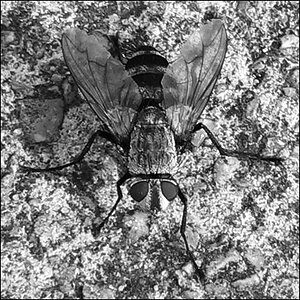VidThreeNorth
No longer a newbie, moving up!
- Joined
- Oct 21, 2016
- Messages
- 1,175
- Reaction score
- 214
- Can others edit my Photos
- Photos NOT OK to edit
There are a full array of preview videos and articles about this new camera, so I will just post one as a start point:
"Fuji X-Pro3 arrives with X-T3 image pipeline, hybrid viewfinder improvements + hidden touch-screen LCD"
by Mike Tomkins, published by Imaging Resource, Oct 23, 2019
"Fuji X-Pro3 arrives with X-T3 image pipeline, hybrid viewfinder improvements + hidden touch-screen LCD"
Price for body along $1,800 US, available "late fall of 2019".
"Fuji X-Pro3 arrives with X-T3 image pipeline, hybrid viewfinder improvements + hidden touch-screen LCD"
by Mike Tomkins, published by Imaging Resource, Oct 23, 2019
"Fuji X-Pro3 arrives with X-T3 image pipeline, hybrid viewfinder improvements + hidden touch-screen LCD"
Price for body along $1,800 US, available "late fall of 2019".



![[No title]](/data/xfmg/thumbnail/33/33340-27d18dd642b5257e4b9a04a4c1feffd1.jpg?1619735910)






![[No title]](/data/xfmg/thumbnail/33/33339-c5b461af62b32f6b6529f1b334d818ba.jpg?1619735909)


